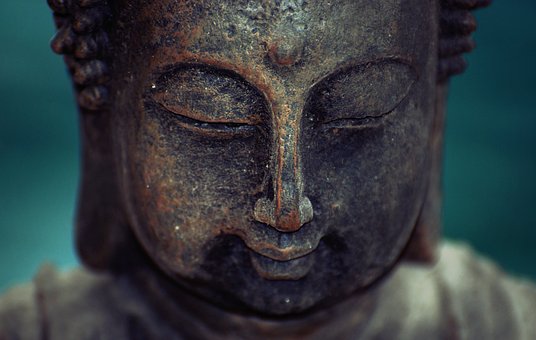On a day like today, 20 years ago Pope Saint John Paul II published the apostolic letter Rosarium Virginis Mariae, by which he incorporated five new mysteries, the luminous ones, to the traditional 15 meditated on in the Rosary.
The luminous mysteries refer to the public life of Jesus and are: the Baptism of the Lord in the Jordan; self-revelation at the wedding at Cana; the proclamation of the Kingdom inviting conversion; the Transfiguration and the institution of the Eucharist.
In this apostolic letter, the Holy Father explains that the Rosary, “although it is distinguished by its Marian character, is a prayer centered on Christology” that had “an important place” during his years of youth in his spiritual life.
In fact, two weeks after being elevated to the Chair of Peter, Saint John Paul II publicly confessed: “The rosary is my favorite prayer.”
The Pope proposes the luminous mysteries for “highlight the Christological character of the Rosary”. These are mysteries referring “to the public life of Christ from the Baptism to the Passion”, explains the Holy Father.
Thus, in these mysteries “we contemplate important aspects of the person of Christ as the definitive revealer of God”, affirms the Pope, since it is He “who, declared the favored Son of the Father in the Baptism in the Jordan, announces the arrival of the Kingdom, bearing witness to Him with their works and proclaiming His demands.”
Saint John Paul II also considered in this apostolic letter that “during public life, it is when the mystery of Christ manifests itself in a special way as a mystery of light”.
Thus, for the Rosary to be “a complete compendium of the Gospel”, the Pope considers it appropriate that “meditation should also focus on some significant moments of public life”, after having contemplated the incarnation and the hidden life in the mysteries of joy and before considering those of the Passion (sorrowful mysteries) and the triumph of the Resurrection in the glorious ones.
The Pope warns that this incorporation is carried out “without prejudging any essential aspect of the traditional structure of this prayer” and with the intention of “making it live with renewed interest in Christian spirituality, as a true introduction to the depth of the Heart of Christ, the abyss joy and light, pain and glory.
Mysteries that reveal the light of the Kingdom
St. John Paul II details that each of the mysteries of light “reveals the Kingdom already present in the very person of Jesus.”
This presence is manifested in a particular way in each one of the luminous mysteries.
In Baptism, Christ “becomes ‘sin’ for us”, the Father proclaims him the Favorite Son and the Holy Spirit “descends upon him to invest him with the mission that awaits him”.
At the wedding at Cana, Christ, by transforming water into wine, “opens the hearts of the disciples to faith thanks to the intervention of Mary, the first believer.”
With the preaching of the Kingdom and the call to conversion, Jesus initiates “the mystery of mercy” which continues through the “sacrament of Reconciliation entrusted to the Church”.
For Saint John Paul II, the Transfiguration is the “mystery of light par excellence” since “the glory of the Divinity shines on the face of Christ, while the Father accredits it before the apostles”.
The institution of the Eucharist is also a mystery of light because by becoming food under the species of bread and wine, Christ gives “testimony to his love for humanity ‘to the end’ and for whose salvation he will offer himself in sacrifice.”
Mary in the mysteries of light
The Holy Father affirms that “except in that of Cana, in these mysteries the presence of Mary remains in the background”. However, “the task that she carries out in Cana accompanies the entire mission of Christ” with her maternal invitation: “Do what He tells you”.
Saint John Paul II considers this to be “an exhortation that very well introduces the words and signs of Christ during his public life, being like the background of all the ‘mysteries of light'”.
Since then, the Pope proposed to contemplate these mysteries of light on Thursdays of each week.
These are the reasons of John Paul II to add the luminous mysteries to the Rosary

